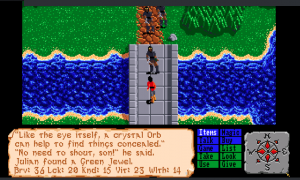I felt that David Jonassen’s description of Mindtools ” digital tools that support knowledge construction, exploration, learning by doing, learning by conversing, and learning by reflecting” (Jonassen, D. H. 2000),perfectly encapsulates what designers of learning experiences should aspire to. Now more than ever our consumer based society is shoving technology in our faces to view and use. Technology is often overlooked as a tool to create and is seen as a device to consume. The DIY/Maker/OpenSource movement moves in a counter direction to the corporate controlled environment that surrounds us. It is our duty as teachers to help our students not only understand how to create with technology but to educate them on how technology works.
I am currently moving my grade 5 class away from segmented core subjects into a more interdisciplinary station approach. I usually use direct instruction to introduce the general base components of each stations. I cannot be in all places at once so I have been building web pages using wix to help build a structured approach around each station. For example I have a 3D printing station, raspberry Pi station, VR/AR station and robotics station. Each station has its own website that guides the students from basic steps to a self regulated approach where they begin to branch into individual areas of interest. All stations are linked back into google drive and their own personal wix website where they place their assignments and projects. We end in a passion project attached which incorporates all of the stations. I hope I can I can continue to build on my students digital literacy and my understanding of how it can enhance their learning.
Reference
Jonassen, D. H. (2000). Computers as mindtools for schools, 2nd Ed. Upper Saddle River, NJ: Merrill/ Prentice Hall. Retrieved from Google Scholar: http://scholar.google.com/scholar?q=Jonassen+mindtools&ie=UTF-8&oe=UTF-8&hl=en&btnG=Search
